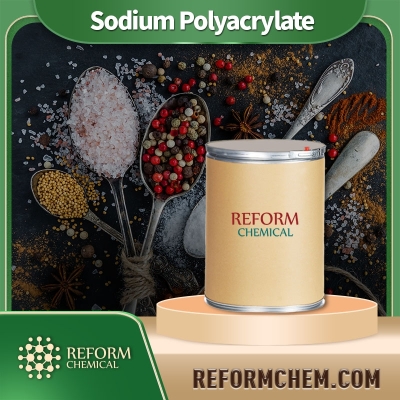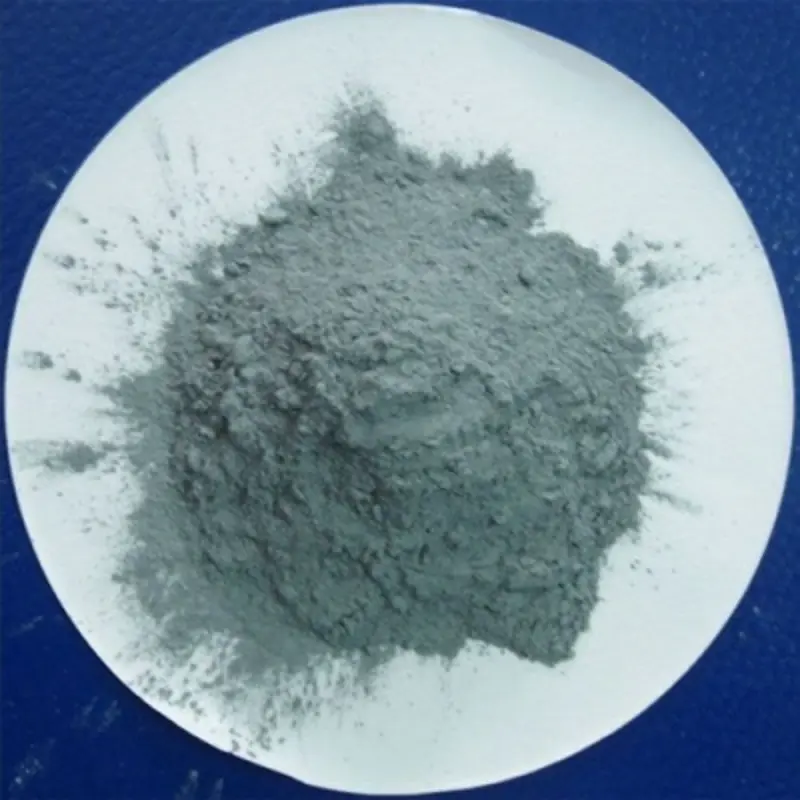-
Categories
-
Pharmaceutical Intermediates
-
Active Pharmaceutical Ingredients
-
Food Additives
- Industrial Coatings
- Agrochemicals
- Dyes and Pigments
- Surfactant
- Flavors and Fragrances
- Chemical Reagents
- Catalyst and Auxiliary
- Natural Products
- Inorganic Chemistry
-
Organic Chemistry
-
Biochemical Engineering
- Analytical Chemistry
-
Cosmetic Ingredient
- Water Treatment Chemical
-
Pharmaceutical Intermediates
Promotion
ECHEMI Mall
Wholesale
Weekly Price
Exhibition
News
-
Trade Service
Propylparaben sodium is a commonly used preservative in various chemical formulations, including creams, ointments, lotions, and cosmetics.
The production process of propylparaben sodium involves several steps, including synthesis, purification, and formulation.
In this article, we will discuss the production process of propylparaben sodium in detail.
Synthesis of Propylparaben Sodium
The synthesis of propylparaben sodium involves the reaction of propylene oxide with para-hydroxynitrobenzene in the presence of a solvent, such as water or ethanol.
The reaction is catalyzed by a strong acid catalyst, such as sulfuric acid or phosphoric acid.
The reaction mixture is then treated with sodium hydroxide to convert the propylene oxide into sodium propylene oxide.
The resulting product is then purified by dissolving it in water and filtering the solution to remove any impurities.
Purification of Propylparaben Sodium
The purification process of propylparaben sodium involves several steps, including washing, filtration, and crystallization.
The first step is to wash the crude product with water to remove any impurities that may have been present in the reaction mixture.
The resulting solution is then filtered to remove any solid impurities.
The filtered solution is then allowed to crystallize, and the crystals are collected and dried.
The purified propylparaben sodium is then ready for use in various formulations.
Formulation of Propylparaben Sodium
The formulation of propylparaben sodium involves mixing it with other ingredients to create a stable and effective formulation.
The formulation process depends on the intended use of the propylparaben sodium.
For example, if it is being used in a cream or ointment, it may be mixed with other ingredients such as emollients, thickeners, and fragrances.
If it is being used in a cosmetic product, it may be mixed with other ingredients such as preservatives, surfactants, and pigments.
Quality Control of Propylparaben Sodium
The quality control process of propylparaben sodium involves various tests to ensure that the product meets the required standards.
These tests include:
- Physical tests: These tests are used to determine the physical properties of the propylparaben sodium, such as its melting point, solubility, and pH.
- Microbiological tests: These tests are used to determine the effectiveness of the propylparaben sodium as a preservative.
The product is tested against a variety of microorganisms to determine its antimicrobial activity. - Chemical tests: These tests are used to determine the purity of the propylparaben sodium.
The product is tested for the presence of impurities such as nitro compounds, which can be harmful.
Conclusion
The production process of propylparaben sodium involves several steps, including synthesis, purification, and formulation.
It is an important preservative in various chemical formulations, including creams, ointments, lotions, and cosmetics.
The quality control process of propylparaben sodium involves various tests to ensure that the product meets the required standards.
By understanding the production process of propylparaben sodium and its quality control, it is possible to ensure that the product is safe and effective for use in various chemical formulations.




![Aluminum, [(2E)-2-butenedioato(2-)-κO1]hydroxy- Al-Fum](https://file.echemi.com/fileManage/upload/goodpicture/20230919/ibrutinib-high-quality_b20230919163357076.jpg)


